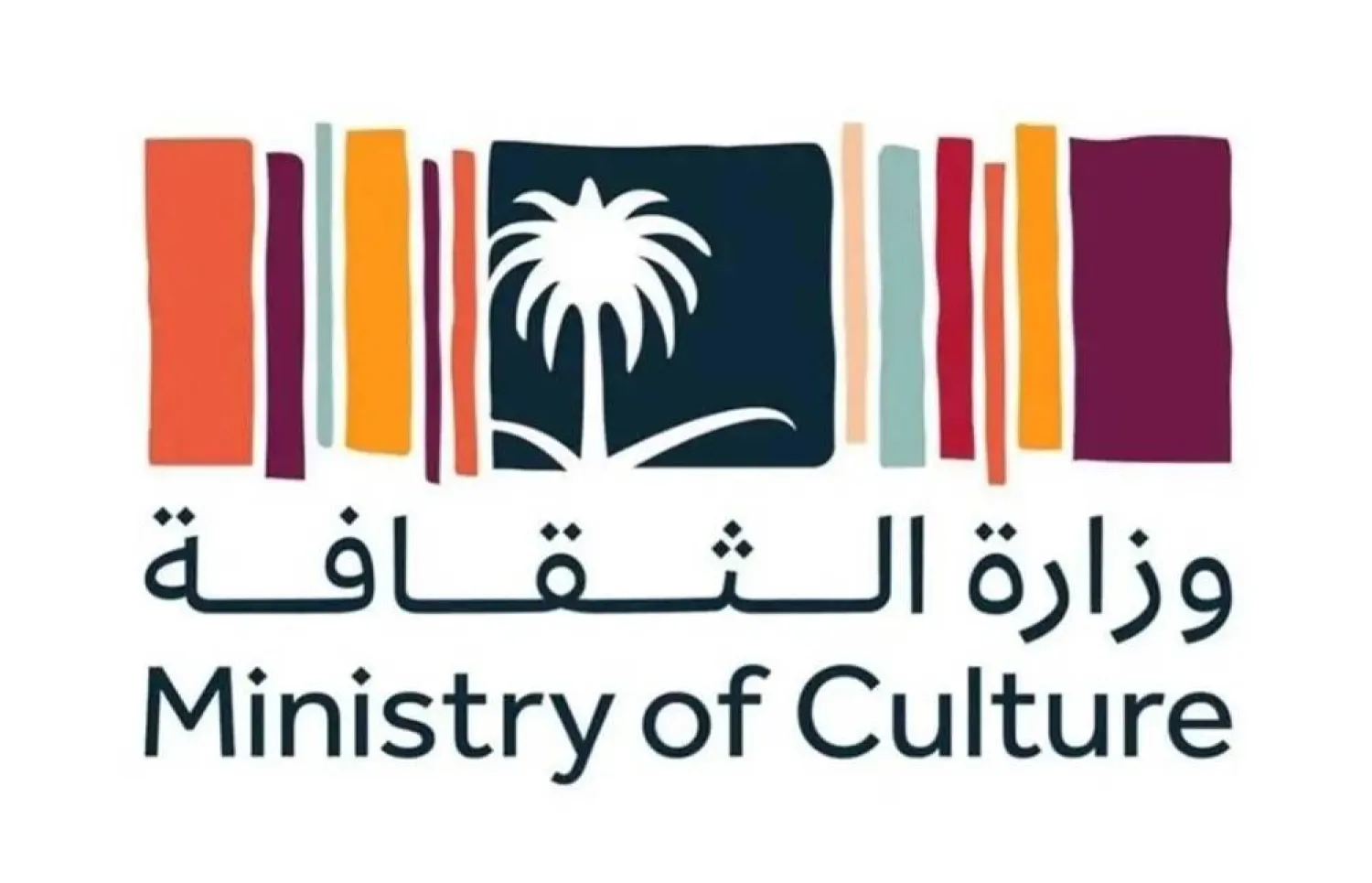Minister of Culture Prince Badr bin Abdullah bin Farhan has commended the Cabinet's decision to declare 2025 the "Year of Handicrafts,” acknowledging the significant cultural value handicrafts have had in Saudi culture for many years.
The move also highlights the creativity that sets the unique handicraft industry apart and showcases the talent of Saudi craftsmen to the global community.
Prince Badr expressed gratitude to Custodian of the Two Holy Mosques King Salman bin Abdulaziz Al Saud and Prince Mohammed bin Salman bin Abdulaziz Al Saud, Crown Prince and Prime Minister, for their unwavering support for culture and arts.
Their patronage, he said, has elevated Saudi culture, solidified its roots and unique elements, and enabled the world to see the best of it.
"At the Ministry of Culture, we are working to instill pride in our national identity and all its associated cultural elements, whether tangible or intangible. This is one of the objectives of the National Culture Strategy, under Saudi Vision 2030, which has prioritized national identity and Saudi culture as ambitious goals," said Prince Badr.
He stressed that the "Year of Handicrafts" initiative will help celebrate this essential component of highly significant cultural and artistic value that is the cornerstone of national identity.
"Saudi handicrafts reflect the creativity of Saudi society, encompasses textiles, handicrafts, and artistic creations that have been passed down from generation to generation. These include pottery, clothing, beadwork, copper products, sewing, dyeing, blacksmithing, gold and jewelry making,” he added.
During the "Year of Handicrafts,” the Ministry of Culture will work to increase the visibility of Saudi handicrafts both at home and abroad, and enable Saudi artisans to display their creations at events and activities in the Kingdom and the world over.
The initiative also aims to increase the contribution of Saudi handicrafts to the local economy and to raise awareness about their cultural, historical, civilizational, and economic significance.









